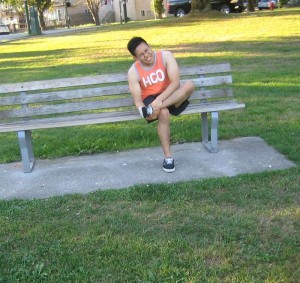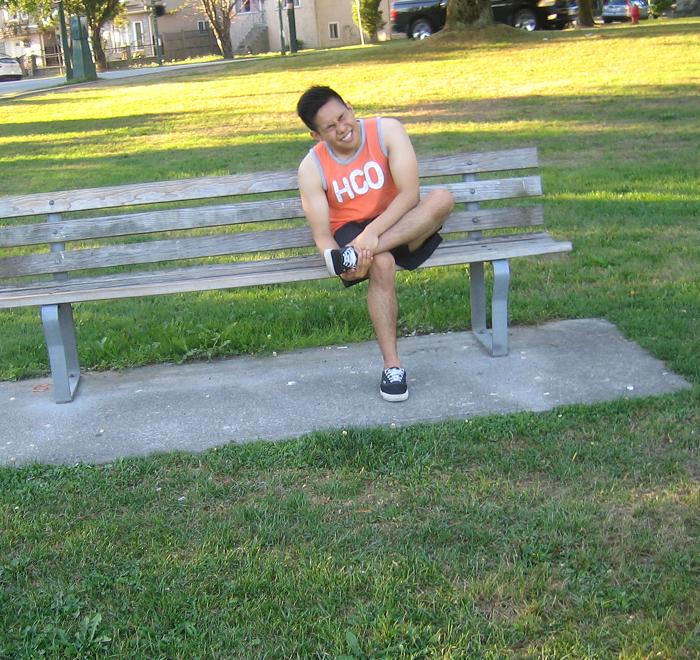The burning heel pain that occurs while an individual stretches might indicate various health conditions. Bone spurs, tendonitis, stress fractures and plantar fasciitis are just some of the causes of burning heel pain.
The heel includes muscles, bones, fascia and tendons. All of these structures should work together in order to avoid injury and pain. The management for the burning heel pain typically starts with getting enough rest, application of ice, stretching and strengthening exercises within a pain-free range as well as the use of orthotics or foot supports.
Common causes of burning heel pain
Plantar fasciitis
Plantar fasciitis involves inflammation of the dense tissues on the base of the foot ranging from the toes up to the heel. This condition usually triggers piercing, stabbing pain in the morning or after extended periods of standing or rest. Individuals who are typically affected include those who are overweight, pregnant or use shoes that do not have support.

Plantar fasciitis is an inflammatory process and worsens if the individual stretches the heel where the plantar fascia connects to.
Achilles tendonitis
Achilles tendonitis involves inflammation of the Achilles tendon. This is the tendon responsible for connecting the bone of the heel to the muscles of the calf. The tendon ends up swollen due to overuse during running or other sports. The outcome can be minor or severe pain along with swelling and tenderness.
In most cases, trauma and flat arches aggravates the tendon. If this condition is not treated or injured further, the Achilles tendon might tear or rupture completely. Take note that the pain can increase while stretching due to the inflammation of the tissues.
Bone spurs
Bone spurs typically develop where the ligament and tendon meet the bone. There is deposition of bone tissue in this area since the body endures substantial stress along the tendon or ligament. The pain manifests once this bony buildup rubs on the neighboring tissues. When stretching, the pain can increase due to the stress produced by the bone spurs on the heel tissues. It can cause burning heel pain and even loss of motion that are linked with plantar fasciitis.
Stress fractures
Stress fractures are small-sized cracks on the bone tissue. These typically occur due to repetitive injury or overuse. The lower extremity including the heel can be affected since the weight-bearing joints are prone to this type of injury.
This type of fracture can also occur where the tissue connects to the bone due to the pull of the soft tissues on the bone. Remember that stretching can worsen the pain since the two ends of the stress fracture rub against one another which leads to burning heel pain.
FACT CHECK
https://www.mayoclinic.org/symptoms/heel-pain/basics/definition/sym-20050788
https://www.aafp.org/afp/1999/0415/p2200.html
https://www.webmd.com/pain-management/burning-feet-causes-treatments#1

